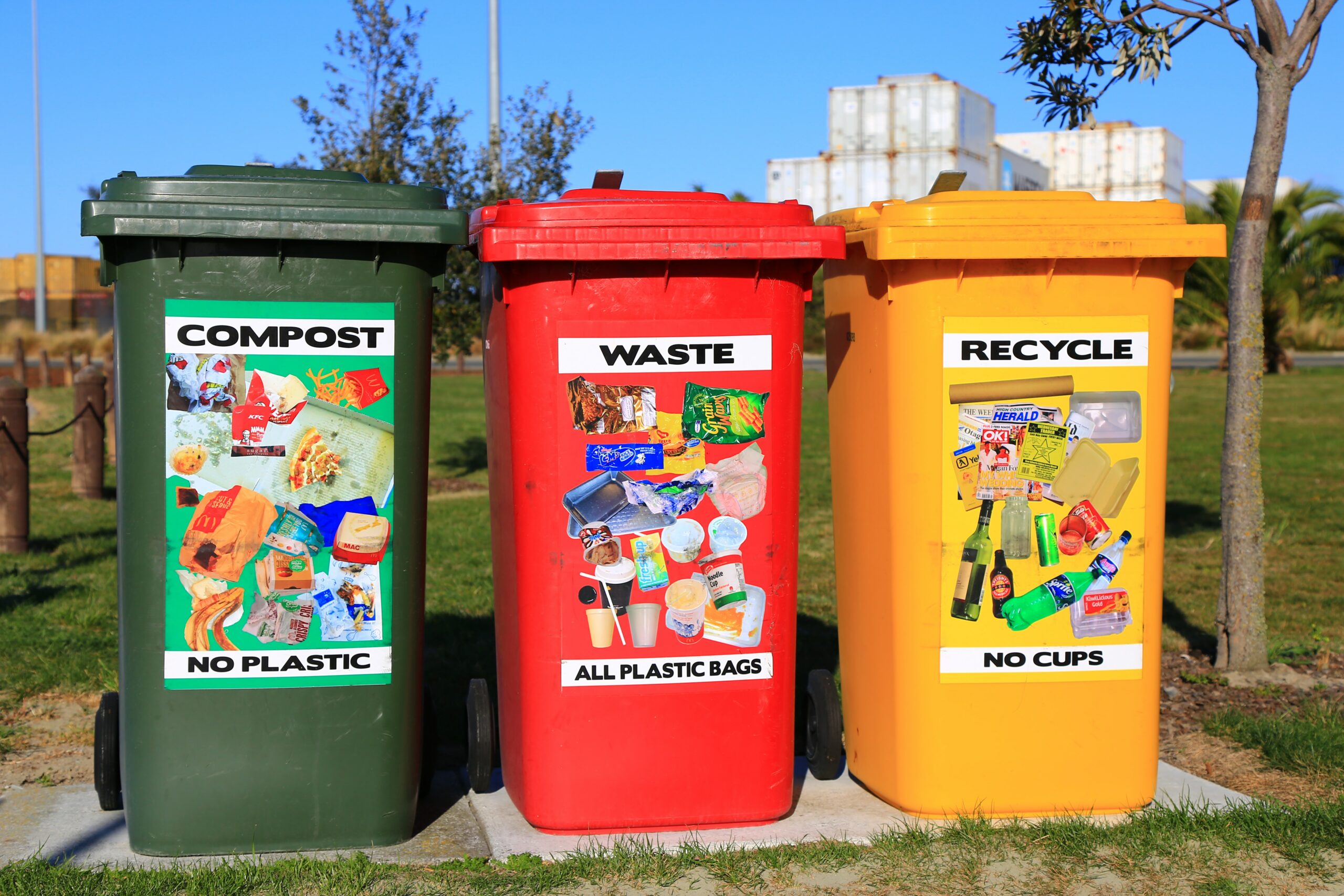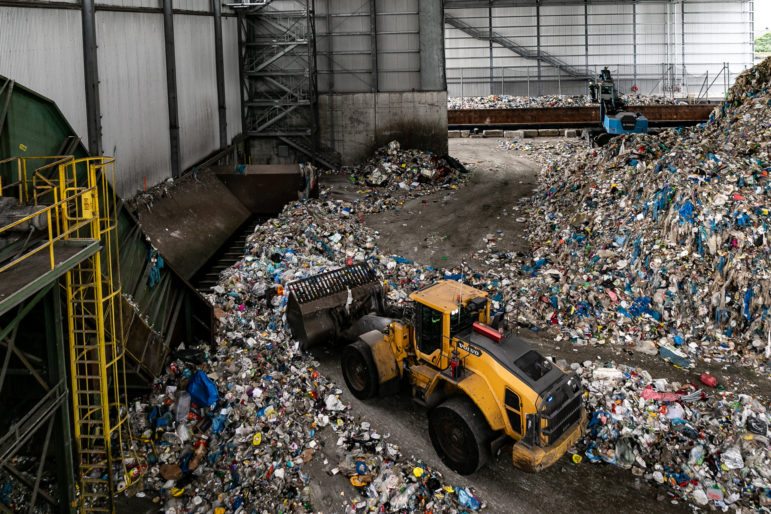The Impact of Recycling Lives Services on Communities and the Setting
Understanding the Category and Handling of Different Kinds Of Waste
Efficient waste monitoring is critical for environmental sustainability, requiring a detailed understanding of the category and handling of different waste kinds. Household waste, industrial spin-offs, dangerous materials, digital refuse, and natural residues each necessitate distinct protocols to make certain security and lessen environmental damage. Implementing proper partition, treatment, and disposal strategies is vital to mitigate negative ecological effects and promote resource conservation. For circumstances, the composting of organic waste contrasts sharply with the detailed treatments needed to handle hazardous compounds. This multifaceted strategy to lose monitoring highlights its intricacy and the vital need for specialized understanding in this domain.

Family Waste
Home waste, including a wide variety of disposed of products created from everyday living tasks, represents a considerable part of the overall waste stream - recycling lives services. This classification includes natural waste such as food scraps, lawn trimmings, and paper products, together with inorganic products like plastics, metals, and glass. The varied nature of family waste demands reliable classification and management to reduce environmental impact and promote lasting living practices
Effective home waste administration starts with segregation at the source, facilitating recycling, composting, and secure disposal. Organic waste, for instance, can be composted to create nutrient-rich dirt modifications, minimizing land fill concern and enhancing soil health and wellness. Recyclable products, consisting of paper, glass, and certain plastics, can be refined and repurposed, conserving sources and reducing energy usage related to new product manufacturing.
Moreover, dangerous household waste such as batteries, digital tools, and cleansing chemicals calls for specialized taking care of to avoid soil and water contamination. Public understanding projects and convenient disposal alternatives play essential functions in guaranteeing correct disposal and recycling of these products. By carrying out durable waste reduction strategies and fostering neighborhood participation, municipalities can significantly ease the ecological impact of household waste.
Hazardous Waste
Industrial waste, a major contributor to worldwide waste generation, includes a diverse variety of products generated by production, building and construction, and various other commercial activities. Effective monitoring of commercial waste is important for decreasing ecological influence and advertising lasting methods.
The handling of hazardous waste normally involves numerous procedures: collection, disposal, treatment, and partition. Collection systems are designed to successfully collect waste products from various sources within an industrial procedure. Segregation is critical, as it guarantees recyclable materials are separated from non-recyclable ones, which can be guided in the direction of suitable recycling or disposal networks. Therapy processes, consisting of physical, chemical, and organic methods, are utilized to reduce the toxicity, quantity, and ecological influence of the waste. Lastly, disposal techniques like landfilling or incineration are made use of for waste that can not be reused or dealt with.
Embracing techniques such as waste reduction, resource recovery, and recycling can substantially decrease the concern of hazardous waste on the setting, adding to more sustainable industrial methods.
Contaminated Materials

The classification of hazardous waste is usually based upon its chemical and physical attributes. Hazardous wastes have unsafe substances that can trigger damaging health and wellness impacts even at reduced concentrations. Harsh wastes can harm or ruin living products and cells. Flammable wastes can easily stir up, posturing fire risks, while reactive wastes can create explosions or launch hazardous gases upon contact with other compounds.
Reliable contaminated materials monitoring entails numerous crucial techniques: identification and segregation of dangerous products, secure transportation and storage, and suitable therapy and disposal. Therapy methods may consist of chemical incineration, neutralization, and stabilization. Governing compliance is crucial, directed by frameworks such as the Source Conservation and Recovery Act (RCRA) in the USA, which ensures eco sound and risk-free monitoring of contaminated materials.
Electronic Waste
Digital waste, frequently abbreviated as e-waste, represents an expanding obstacle in waste administration as a result of the rapid obsolescence of technology. This group encompasses a broad range of discarded digital tools, consisting of smart devices, computer systems, televisions, and home home appliances. The intricacy of e-waste depends on its structure; these things contain a blend of beneficial materials such as gold and copper, along with harmful materials like mercury, cadmium, and lead.

Legislation like it and laws, such as the European Union's Waste Digital and electrical Devices (WEEE) Instruction, aim to advertise liable e-waste management. These plans mandate suppliers to assist in the collection and recycling of digital items, consequently lowering the worry on landfills and reducing environmental contamination.
Organic Waste
Organic waste, encompassing biodegradable products such as food scraps, lawn trimmings, and agricultural residues, comprises a substantial part of the municipal solid waste stream. This kind of waste is notable not just for its quantity yet also for its potential environmental effect otherwise taken care of properly. Organic waste can decompose anaerobically in land fills, generating methane, a powerful greenhouse gas adding to environment modification.
Correct handling of organic waste entails numerous strategies. Composting is an extensively taken on method, transforming organic products right into valuable compost that can improve soil and support sustainable agriculture. This procedure also reduces the volume of waste sent out to landfills. One more strategy is anaerobic digestion, which damages down natural matter in the lack of oxygen, producing biogas that can be utilized as a renewable resource resource. In addition, drawing away food waste from landfills with useful site contribution programs can reduce food instability while decreasing waste.
Municipalities and businesses are progressively recognizing the importance of natural waste administration. Carrying out thorough organic waste reusing programs not only minimizes environmental effects however additionally straightens with more comprehensive sustainability objectives, advertising a round economy where resources are continually reused and repurposed.
Verdict
Reliable waste monitoring and environmental protection require a detailed understanding of the category and handling of various waste kinds. Implementing proper techniques for each waste type makes sure safe and responsible waste administration techniques, inevitably contributing to the defense of communities and public health and wellness.
Effective waste monitoring is pivotal for environmental sustainability, needing a comprehensive understanding of why not find out more the classification and handling of numerous waste types.Home waste, encompassing a wide variety of thrown out materials produced from daily living activities, represents a significant element of the general waste stream.Industrial waste, a major contributor to worldwide waste generation, incorporates a varied range of materials generated by manufacturing, construction, and various other industrial tasks (recycling lives services).Harmful waste, an important issue in waste management, consists of materials that present substantial threats to human health and the setting due to their poisonous, harsh, combustible, or reactive properties.Organic waste, encompassing eco-friendly products such as food scraps, backyard trimmings, and agricultural residues, comprises a substantial part of the community solid waste stream